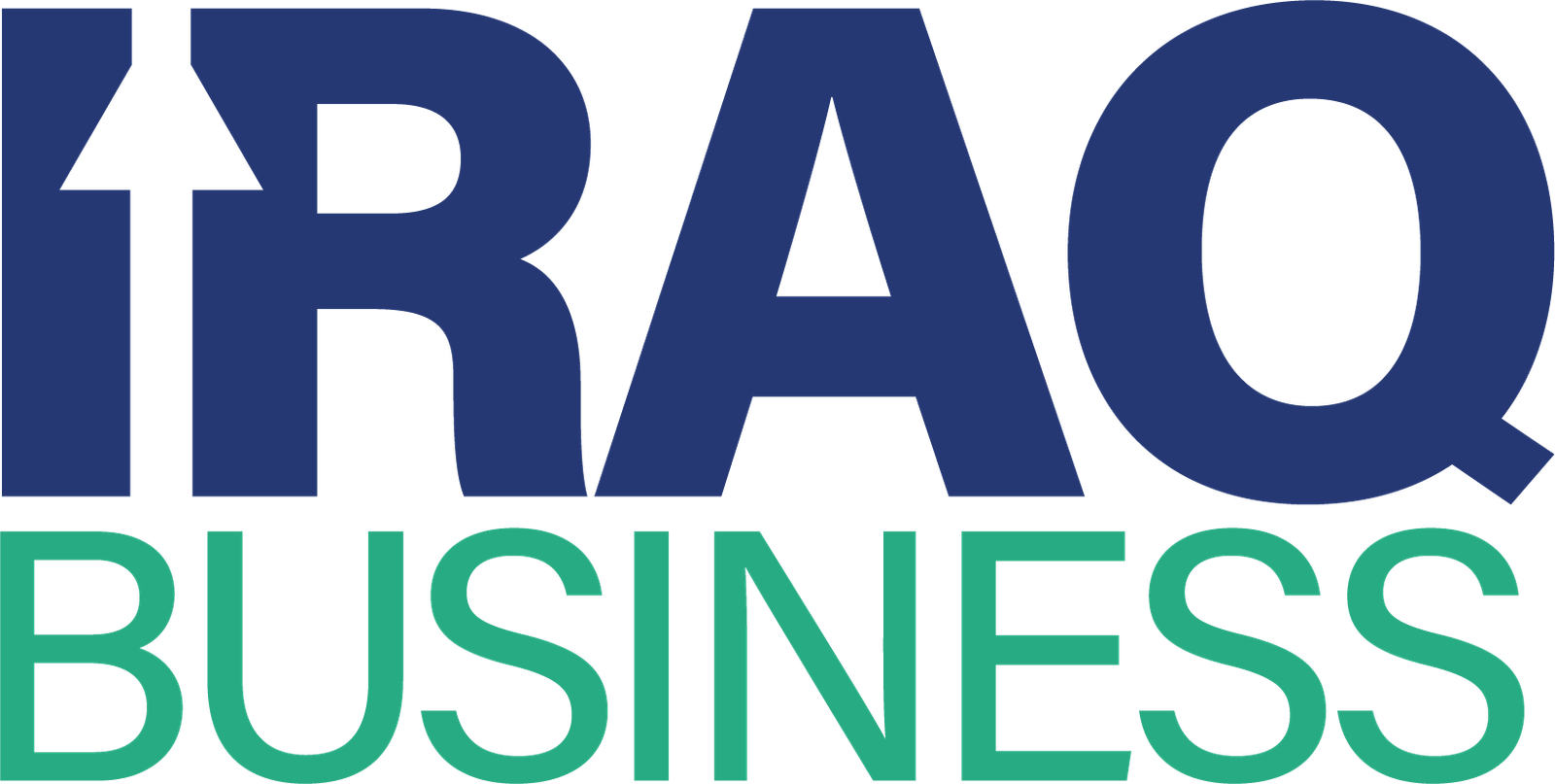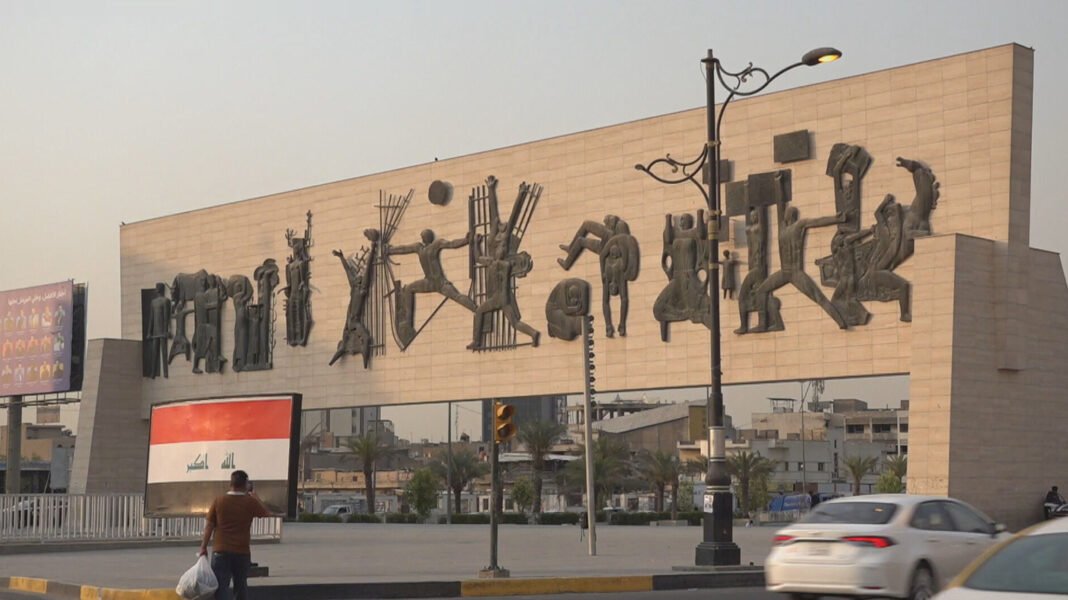Iraq state income and expenditures rise in May, showing growth in both revenues and spending. The Central Bank of Iraq confirmed that the government recorded higher financial activity compared to the previous month. This development reflects Iraq’s ongoing efforts to strengthen its economy despite fiscal challenges.
During May, Iraq’s public income reached 46.15 billion Iraqi dinars, equal to $35.2 million. In contrast, April’s income stood at 36.58 billion dinars, or $27.9 million. Tax revenue accounted for 1.6 billion dinars, which equals $1.22 million. Meanwhile, other sources generated 44.55 billion dinars, or $34.03 million. These figures underline Iraq’s steady revenue growth.
At the same time, public expenditures also grew. The total reached 46.9 billion dinars, equal to $35.8 million. In April, spending was lower at 37.58 billion dinars, or $28.7 million. The Central Bank stated that the gap between revenue and spending was 822 million dinars, around $627,480. Therefore, Iraq state income and expenditures rise together, showing a balanced but tight financial position.
Beyond monthly data, Iraq continues to manage its foreign debt. The financial advisor to the Prime Minister explained that Iraq’s external obligations remain under $10 billion. These debts include both sovereign liabilities and private sector obligations. Many of them trace back to the Paris Club settlements before 1990. Iraq must clear them completely by 2028.
In 2004, the Paris Club reduced Iraq’s debt burden by 80 percent. The agreement cut around $120 billion over three years. Since then, Iraq has worked to improve its financial standing. Last year, the government confirmed repayment of all International Monetary Fund loans, which totaled almost $8 billion.
Between 2003 and 2021, Iraq received several IMF financing programs. These included emergency loans and long-term assistance. The programs aimed to maintain economic stability and support reforms. For example, in 2016, the IMF approved a $5.34 billion program for Iraq. The country fully repaid the amount within five years after using two-thirds of the funds.
In 2021, Iraq sought a $6 billion emergency loan from the IMF. However, the request was rejected because it was not tied to IMF programs. Despite this, Iraq state income and expenditures rise, and the country keeps building financial resilience.


